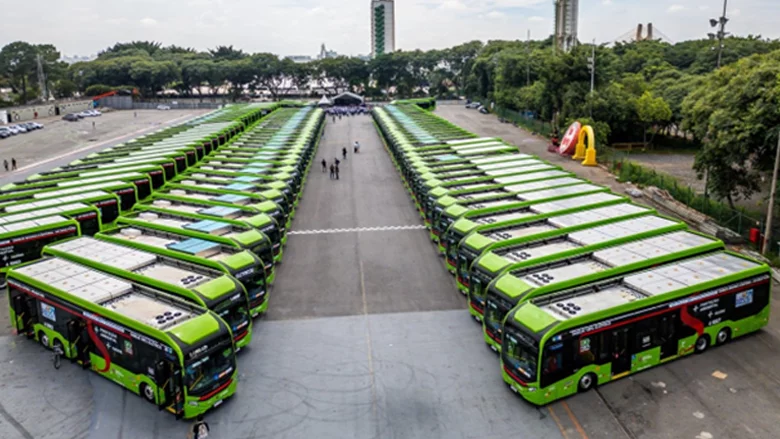We review the current situation of Transantiago, the fully integrated public transport system covering the Santiago Metropolitan Area in Chile, identifying its current strength, flaws and challenges. The system captured worldwide attention after its premature implementation in February 2007, before most of the infrastructure and system conditions required by its designers were in operation. The document summarizes the current state of Transantiago focusing in the evolution of the services offered, the infrastructure available, performance indicators, the main features of the contracts between the authority and the operators, and the financial situation of the system. The main achievements and challenges of the plan at present are discussed. The paper ends by presenting the main lessons learned for other cities interested to follow a similar path. This paper show that after a difficult beginning the system has improved; its achievements show that it could become a model for other cities, as long as its very important errors are avoided. Nevertheless, we list opportunities for this integrated system to improve in the coming years.











